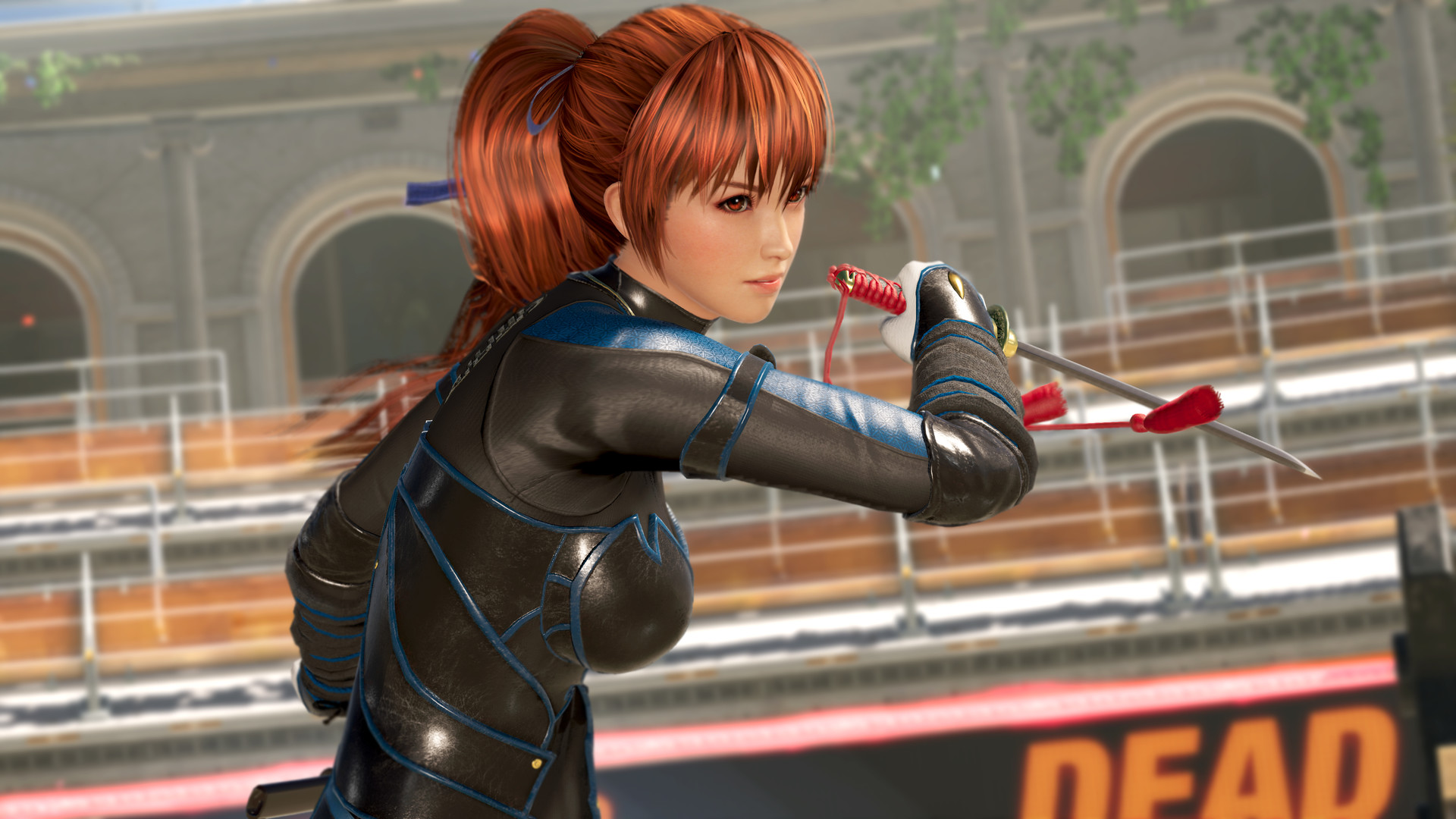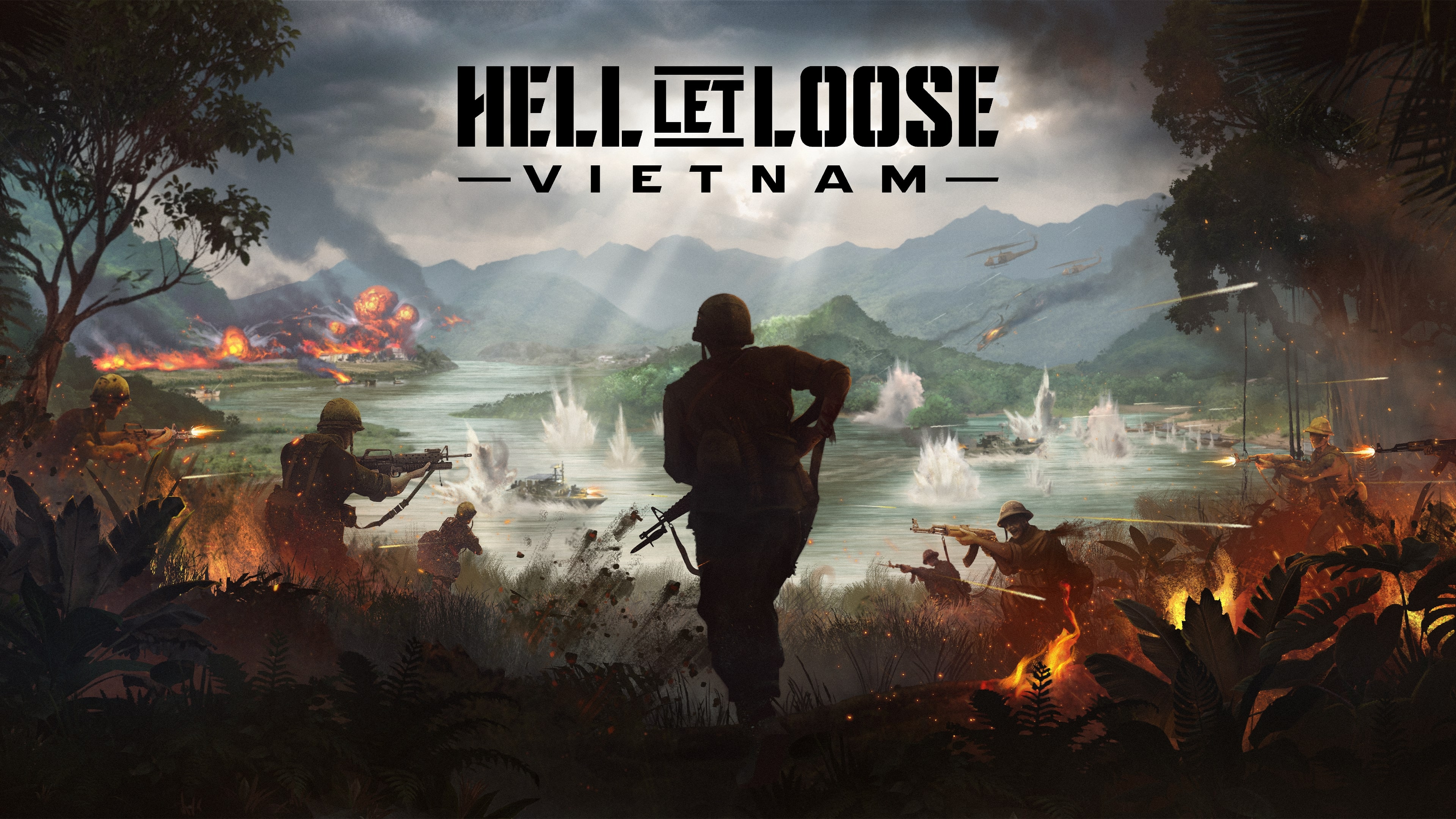Parece que el director de "Dead or Alive 6", Yohei Shimbori, ha decidido dejar Bandai Namco. Tal vez se dio cuenta de que las peleas en "Tekken 8" no son tan emocionantes como las de su propio juego, o quizás solo quería escapar de la presión de hacer que cada personaje tenga aún más… "atributos" que los anteriores. ¿Quién sabe? Lo cierto es que tras seis años de silencio en la saga de "Dead or Alive", su salida es como un golpe de karate: inesperado y un poco doloroso para los fanáticos. ¡Buena suerte, Yohei! Esperamos que tu próximo proyecto tenga más acción que una película de artes marciales de los
Parece que el director de "Dead or Alive 6", Yohei Shimbori, ha decidido dejar Bandai Namco. Tal vez se dio cuenta de que las peleas en "Tekken 8" no son tan emocionantes como las de su propio juego, o quizás solo quería escapar de la presión de hacer que cada personaje tenga aún más… "atributos" que los anteriores. ¿Quién sabe? Lo cierto es que tras seis años de silencio en la saga de "Dead or Alive", su salida es como un golpe de karate: inesperado y un poco doloroso para los fanáticos. ¡Buena suerte, Yohei! Esperamos que tu próximo proyecto tenga más acción que una película de artes marciales de los













